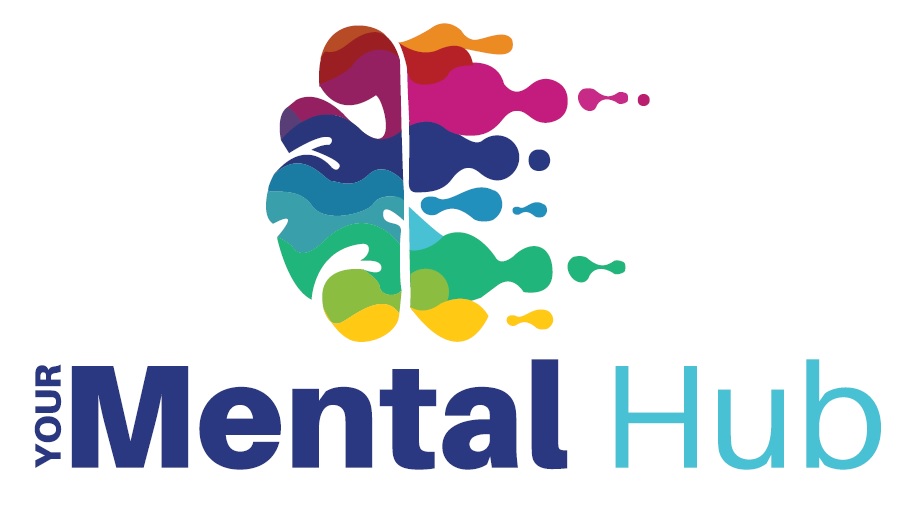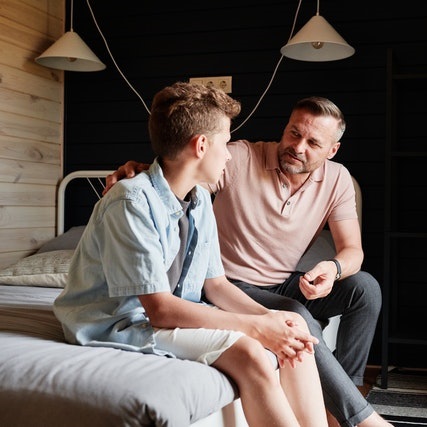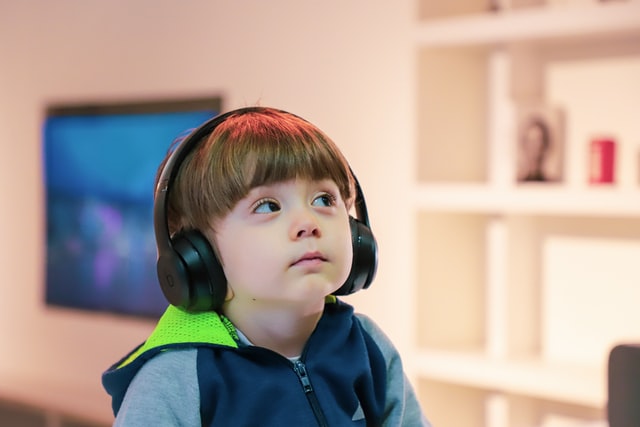Written by Dr. Rana Tayara
“How about a hug?” a relative asked my daughter the other day, her negative response at first was shutdown, “Come on, it’s only a hug and I miss you”.
This is when I said, “It’s ok, you can go and play, and if you want to come back and give a hug, you can. But you don’t have to.”
You see, what kind of messages are we giving our children when we are telling them that they have to say Yes and give consent to physical touch when it comes to certain people, because they are relatives, or friends, or it’s socially not ok to turn them down, when at the same time we are telling them that they have the power to say NO?
Moreover, many parents and caregivers often wait until their children are older to talk about sexual consent. What they are missing on is the fact that sexual consent is not just in relation to intercourse. Waiting until your child is ready to become sexually active before you start talking about consent, may place your child in vulnerable situation in relation to any unwanted physical touch.
One in four girls and one in 20 boys are sexually abused before the age of 18, and about 35 percent of sexual abuse victims are under 12 years old—elementary school age. And in a 2018 national survey, over 80 percent of women and 40 percent of men reported experiencing some form of sexual harassment or assault in their lifetime.
Teaching consent to young children can be applied to a variety of nonsexual situations—from giving hugs, borrowing things, and sharing items. The end goal is the same: help prevent sexual harassment and assault by teaching them personal boundaries, how to say no, how to respect no and how to ask for help in case they do experience abuse or harassment.




